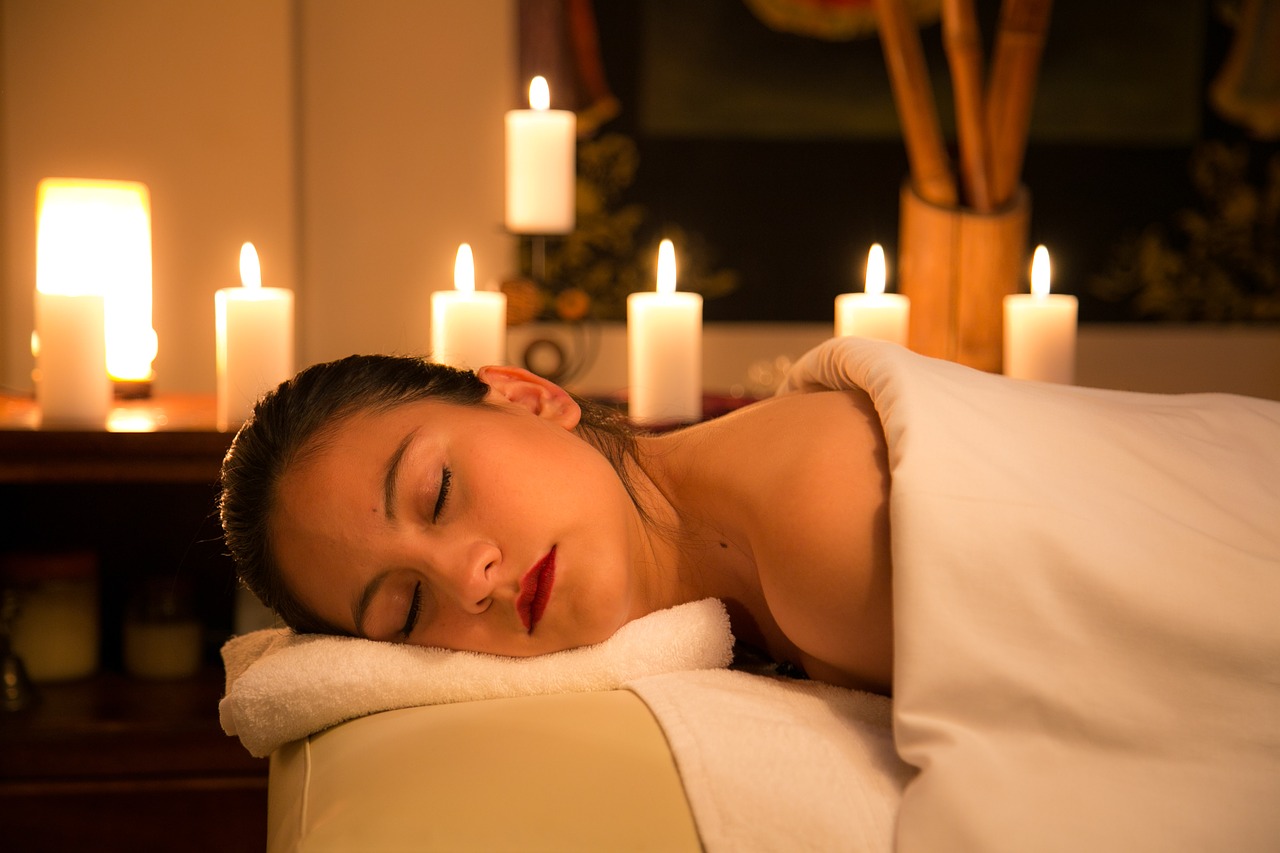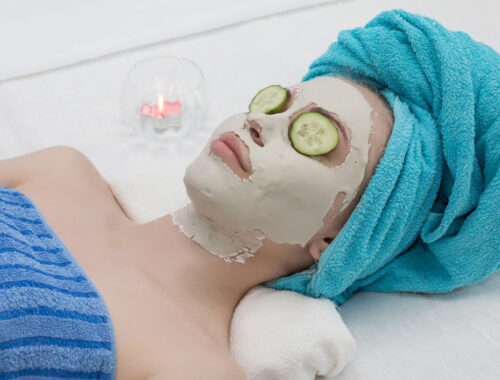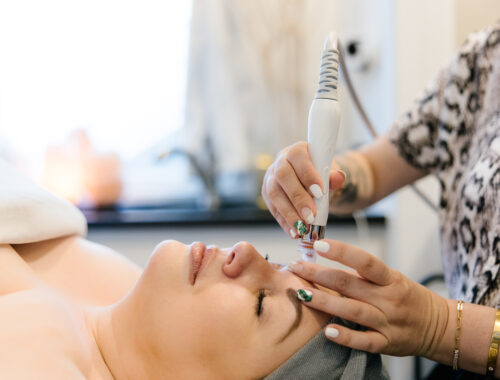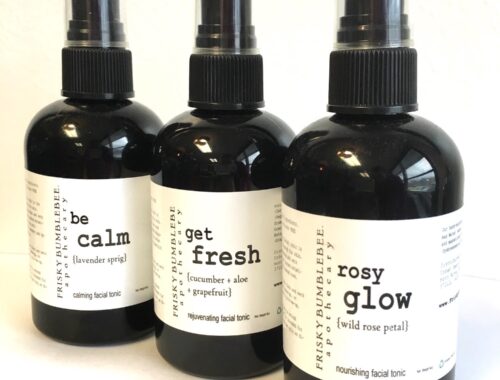
Receiving a Massage: Directions for the Novice
There is nothing more rejuvenating than receiving a massage. It can reset your mindset, realign your body and leave you feeling like there’s nothing in the world you can’t conquer. Some people make frequent massages part of their health routine, and they just might have something there. Therapeutic touch has been shown to alleviate anxiety and depression: two of the most prevalent mental disorders in our country today. Massage therapy can also temper the effects of dementia and high blood pressure as well as osteoarthritis, making it a go-to for us as we age.
However, for the novice, getting that first massage can be intimidating. It’s like being in a whole new world with a new language and unfamiliar behavior. We’re sharing some hints and tips today that will help familiarize yourself with the process and become more comfortable before you even set one foot in the door. Here are some keys to obtaining the maximum results from your massage session:
- Turn off your mind. The modern day world insists that we spend our entire day just doing: working, exercising, communicating, listening, shopping….the list is pretty extensive. On the massage table, relaxation is defined as letting go of that need to do anything at all, including thinking about doing! It’s important that you bring your mind into a receiving mode so that you can completely relax.
- Visualize. Turning your mind away from the stresses and demands of life and towards peaceful and healing places will help you drift into that place of perfect contentment. Your therapist will probably lead you here with their favorite techniques. Go with the flow!
- Focus on your body. The most effective place for your mind to be during a massage is on the bodily sensations you will experience – the warmth of your breath as you slowly inhale and exhale, the feel of your muscles and limbs being manipulated and massaged – focusing on these sensations are key to helping you stay in a receptive mode. Let your body be heavy; the heavier you allow your limbs, torso, and head to become, the more relaxed you will be. As your therapist stretches or adjusts your limbs, they should be completely limp, as if you were sleeping.
- Warm up naturally. It is not uncommon for people to ask their massage therapist to use more pressure in the first few minutes of the session, but it’s actually more effective to wait until your body is in a state of full relaxation first. Forcing pressure against tense muscles will only create resistance, and that isn’t going to aid in releasing stress. It will take about 30 minutes for your body to warm up, on average, and as you relax, your therapist will be able to provide the deeper pressure that you are wanting, and in a way that will be most effective.
- Communicate distractions. If the music your therapist is using makes you uncomfortable, or if the temperature of the room is too cold or hot, let him or her know right away. Distractions such as these will take away from your experience and away from your focus on your body, and so ultimately on your relaxation.
- Breath freely. When an area is tender, a person’s tendency will be to hold their breath as a defense mechanism, but the most healing thing one can do in these instances is to deepen and increase the breath. This allows tension to be softened and dissolve.
- After the massage. Take your time getting off the table and coming back into reality. After your therapist has left the room, take some deep breaths, and slowly begin to get dressed. Soak up that relaxed and stress-free feeling that you have achieved. You’ve earned it!


